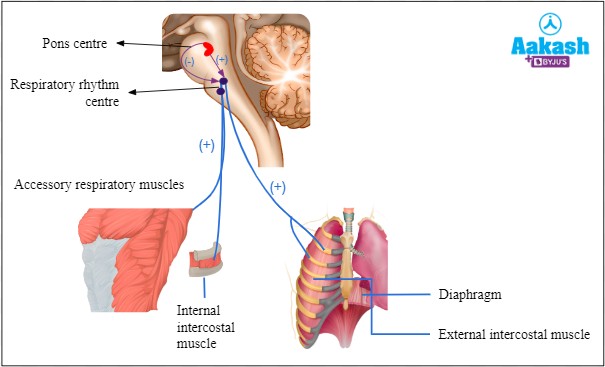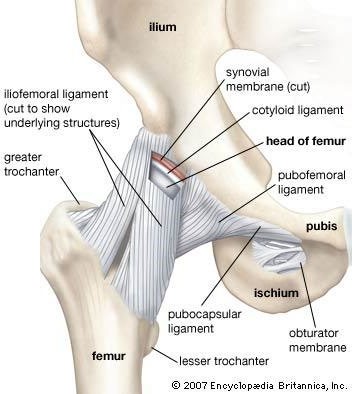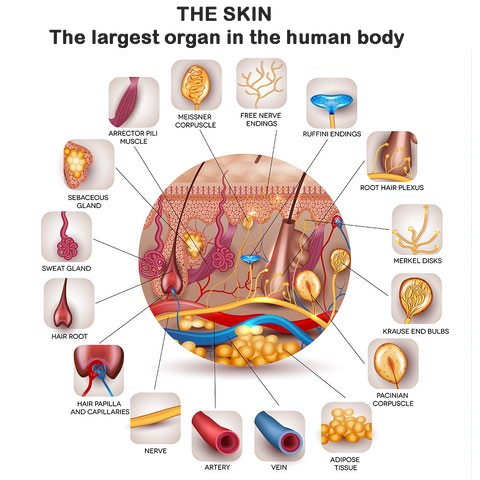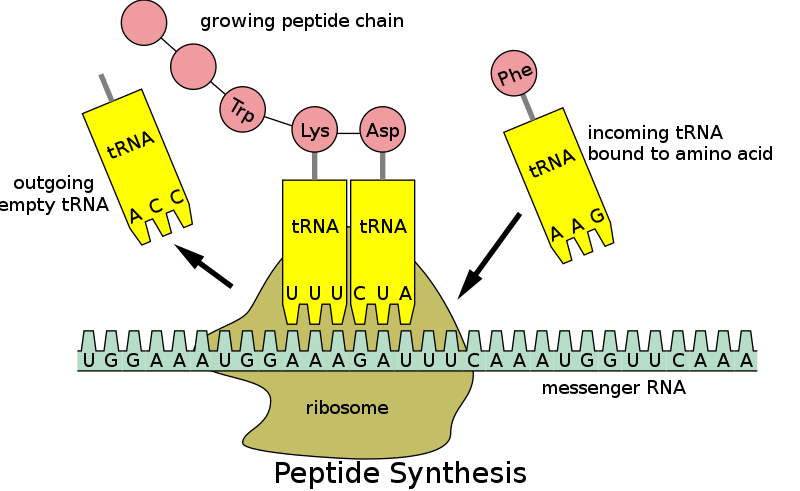Which part of the respiratory system is responsible for regulating breathing rate and depth?
Bronchi
Alveoli
Diaphragm
Trachea
Correct Answer : C
Diaphragm is responsible for regulating breathing rate and depth. It is a dome-shaped muscle located at the
bottom of the chest cavity that contracts and relaxes to help move air in and out of the lungs.
 |
TEAS 7 Exam Quiz Bank
HESI A2 Exam Quiz Bank
Find More Questions 📚
Teas 7 Questions: We got the latest updated TEAS 7 questions
100% Money Refund: 100% money back guarantee if you take our full
assessment pass with 80% and fail the actual exam.
Live Tutoring: Fully customized live tutoring lessons.
Guaranteed A Grade: All students who use our services pass with 90%
guarantee.
Related Questions
Correct Answer is B
Explanation
A buffer is a solution that resists changes in pH when small amounts of an acid or base are added. Buffers work by neutralizing added hydrogen ions (H⁺) or hydroxide ions (OH⁻), thereby maintaining a relatively stable pH. Buffers are made up of a weak acid and its conjugate base or a weak base and its conjugate acid.
- A. It decreases the pH of the solution: This is incorrect because a buffer does not always decrease pH; it resists changes in both directions.
- C. It causes the pH of a solution to become neutral: Incorrect because buffers do not necessarily make a solution neutral; they stabilize pH around a certain value.
- D. It permanently binds hydrogen ions: Incorrect as the binding is reversible, which is essential for maintaining pH balance.
Correct Answer is B
Explanation
Ligaments are tough bands of fibrous tissue that connect two bones together in a joint. They provide stability and support to the joint, preventing excessive movement and helping to maintain proper alignment of the bones.

Correct Answer is D
Explanation
The largest organ in the human body by surface area is the skin. It covers the entire external surface of the body and has an average surface area of about 20 square feet in adults.
 |
Correct Answer is B
Explanation
One of the key differences between skeletal muscles and cardiac muscles is the presence of intercalated discs in cardiac muscle tissue. These discs are specialized structures that facilitate communication and synchronization between cardiac muscle cells, allowing the heart to contract as a unified organ.
The other options are incorrect:
- A. Skeletal muscles are autorhythmic, whereas cardiac muscles are not: This is incorrect because cardiac muscles are autorhythmic; they can generate their own rhythmic contractions. Skeletal muscles require nervous system stimulation to contract.
- C. Skeletal muscles are found in the viscera, whereas cardiac muscles are found in the cranium: This is incorrect; skeletal muscles are primarily associated with the skeleton (attached to bones) and are not typically found in the viscera, while cardiac muscle is found in the heart.
- D. Cardiac muscles are voluntary, whereas skeletal muscles are involuntary: This is incorrect; skeletal muscles are voluntary (under conscious control), while cardiac muscles are involuntary (not under conscious control).
Therefore, the correct distinction is that cardiac muscles contain intercalated discs, while skeletal muscles do not.
Correct Answer is A
Explanation
Transfer RNA (tRNA) is responsible for carrying amino acids to ribosomes during protein synthesis. Each tRNA molecule has a specific anticodon that matches a codon on the messenger RNA (mRNA) molecule. The tRNA molecule binds to the mRNA codon and brings the corresponding amino acid to the ribosome, where it is added to the growing polypeptide chain.
 |
Correct Answer is B
Explanation
Chronotropic agents influence the heart rate. These agents can either increase (positive chronotropic) or decrease (negative chronotropic) the rate at which the heart beats.
- Positive chronotropic agents (like adrenaline) increase the heart rate by speeding up the electrical impulses through the heart.
- Negative chronotropic agents (like beta-blockers) slow down the heart rate by reducing these impulses.
Chronotropic agents specifically affect heart rate, not other cardiovascular functions like blood viscosity, contraction strength (influenced by inotropic agents), or vessel elasticity.
The other options are incorrect because:
- A. Blood thickness (viscosity): This is not typically affected by chronotropic agents.
- C. Contraction strength: This is influenced by inotropic agents, not chronotropic agents.
- D. Vessel elasticity: Chronotropic agents affect heart rate, not the elasticity of blood vessels.
The key term is "chronotropic," which relates specifically to heart rate control.
Correct Answer is C
Explanation
The key structural difference between starch and cellulose lies in the type of glucose monomers they contain:
- Starch is composed of alpha-glucose monomers, which are linked by α(1→4) glycosidic bonds.
- Cellulose is composed of beta-glucose monomers, which are linked by β(1→4) glycosidic bonds.
This difference in the orientation of the glucose molecules leads to different structural properties:
- In starch, the alpha-glucose linkage causes the molecules to form a helical, more easily digestible structure.
- In cellulose, the beta-glucose linkage results in straight, rigid chains that form strong fibers through hydrogen bonding, making it difficult for most organisms to digest.
The other options are incorrect:
- A. Incorrect, as cellulose fibrils do have hydrogen bonds, which contribute to its rigid structure.
- B. Incorrect, as both starch and cellulose are made of glucose, not fructose.
- D. Incorrect, both starch and cellulose contain cyclized glucose monomers, but the orientation differs.
Correct Answer is A
Explanation
Electrons are subatomic particles that possess a very small mass compared to protons and neutrons. The mass of an electron is approximately 11836of the mass of a proton or neutron, making it negligible when calculating the atomic mass of an atom.
In atomic mass calculations, protons and neutrons are considered because they make up the bulk of the atom's mass:
- Proton: Positively charged, and each proton has a mass of about 1 atomic mass unit (amu).
- Neutron: Neutral charge, with a mass also close to 1 amu.
- Electron: Negligible mass, contributing very little to the atomic mass, which is why the atomic mass number is typically determined by the number of protons and neutrons.
Quarks are the fundamental constituents of protons and neutrons but are not typically referred to in terms of atomic mass.
Correct Answer is B
Explanation
In the given exothermic reaction:
CaO + H2O ⇌ Ca(OH)2 + heat
To increase the total yield of lime water (Ca(OH)₂), you can apply Le Chatelier's Principle, which states that if a dynamic equilibrium is disturbed, the system will shift in a direction that counteracts the disturbance.
- A. Continuously remove Ca(OH)₂: By removing the product (Ca(OH)₂) as it forms, the equilibrium will shift to the right, favoring the formation of more Ca(OH)₂. This is the most effective way to increase the yield.
The other options are less effective or counterproductive:
- B. Increase the temperature: Since the reaction is exothermic, increasing the temperature would shift the equilibrium to the left (toward the reactants), reducing the yield of Ca(OH)₂.
- C. Increase the pressure: This reaction does not involve gases, so changing the pressure would not significantly affect the equilibrium.
- D. Add an enzyme that can catalyze this reaction: While a catalyst speeds up the rate of reaction, it does not affect the equilibrium position or the total yield of products. It simply allows the system to reach equilibrium faster.
Thus, continuously removing Ca(OH)₂ is the best way to increase the total yield of lime water.
Correct Answer is C
Explanation
Diaphragm is responsible for regulating breathing rate and depth. It is a dome-shaped muscle located at the
bottom of the chest cavity that contracts and relaxes to help move air in and out of the lungs.
 |
This question was extracted from the actual TEAS Exam. Ace your TEAS exam with the actual TEAS 7 questions, Start your journey with us today
Visit Naxlex, the Most Trusted TEAS TEST Platform With Guaranteed Pass of 90%.
Money back guarantee if you use our service and fail the actual exam. Option of personalised live tutor on your area of weakness.
